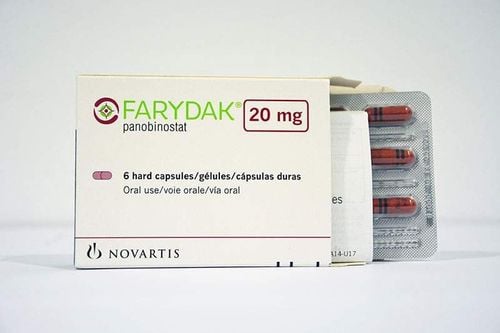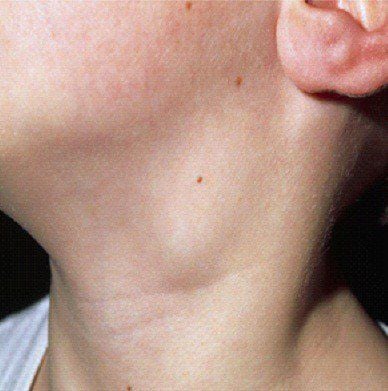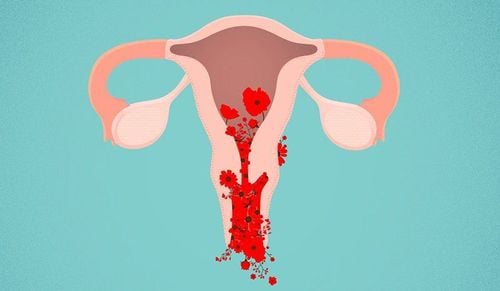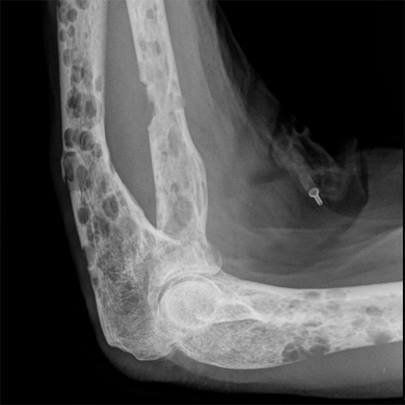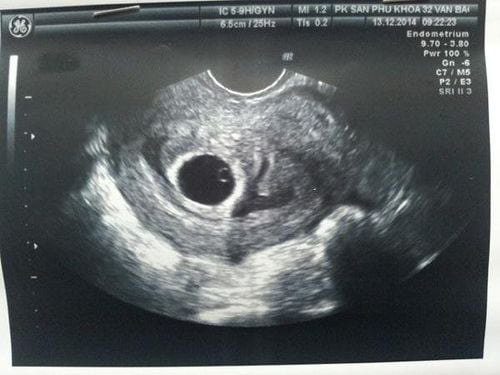This is an automatically translated article.
Quantification of Human C1-esterase inhibitor blood is an immunochemical reaction, in which proteins contained in human plasma or serum form an immune complex with a specific antibody. This complex reflects light through the sample, the intensity of the reflected light is proportional to the concentration of the protein to be measured in the sample. The results obtained are compared with a standard of known concentration.
In which, C1 Inhibitor is an important regulator of complement activation, inhibiting the activity of serine proteases C1s and C1r4. Quantification of C1 inhibitors supports the diagnosis of hereditary angioedema and lymphoma-associated angioedema. C1 Inhibitor deficiency occurs with diseases of the B-cell system, which may be related to decreased C1 Inhibitor levels such as chronic lymphocytic leukemia and multiple myeloma.
1. Things to prepare
Performing Human C1-esterase inhibitor blood will require an appropriate qualification, usually a doctor or a laboratory technician specialized in Biochemistry, with the support of chemical means to perform quantification including a machine ProSpec BN analyzers, centrifuges, chemical storage refrigerators, calibrators, QC and patient samples, test tubes and test tube racks.
And indispensable chemicals for the doctor to perform the quantitative Human C1-esterase inhibitor blood include:
The main reagent is N Antiserum to Human C1-Inhibitor packaged 1 x 2 mL containing blood composition. Animal bars are liquid and produced by immunizing rabbits with purified human C1 Inhibitor. The concentration of the active antibody is < 3 g/L
Reagents requested but not provided include:
Standard N Protein Standard PY (human) N/T Control Protein Control PY (human) Buffer N Reaction Buffer N Diluent N Supplementary Reagent/Precipitation Besides, the quantification process requires other consumables such as test tubes, gloves, hand sanitizer, hand towels, masks, cotton, etc. rubbing alcohol, syringes or needles to draw blood, causing tourniquets.
For the patient, it is necessary to clearly explain the purpose of the test so that the patient and family understand the purpose, meaning, and cooperation in the process of taking blood for testing.
In addition, about the test sheet, it is necessary to complete the patient's information including full name, age, department, diagnosis, sample condition, name of doctor appointing, time of sampling, history of drugs being used use if available...
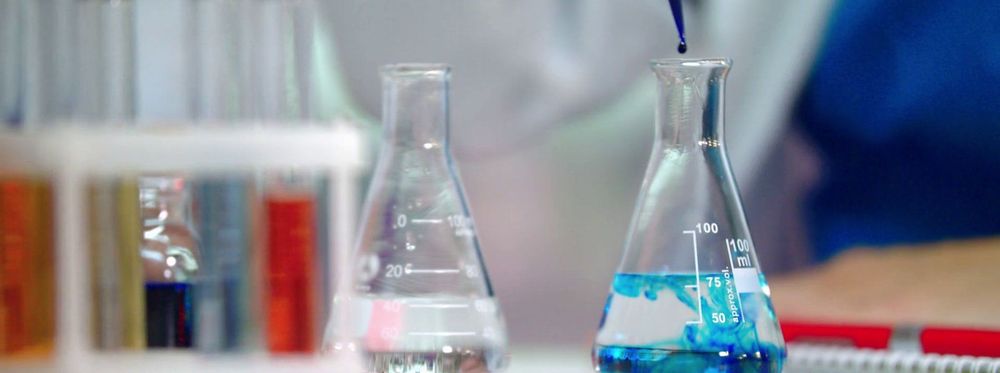
Một số hóa chất cần có trong định lượng Human C1-esterase inhibitor máu
2. Steps to carry out Human C1-esterase inhibitor
Take samples and process samples. Human C1-esterase inhibitor blood count is performed on blood samples: plasma citrate and human serum. New specimens are stored at 2-8 degrees for no more than 7 days, the newer the better. For serum and plasma samples stored at temperatures below -20 degrees Celsius for up to 3 months if samples are frozen for 24 hours after sampling, cycles of freezing and thawing should be avoided.
Serum samples should be completely coagulated, after centrifugation should not contain any small particles or traces of fibrin. Blood fat or cloudy samples after thawing should be centrifuged to clear for 10 minutes at 15,000 x g.
Carry out the technique Prepare the analyzer:
Build a calibration curve, based on 6 points with different concentrations QC analysis at both levels, QC passes proceed to analyze the sample The analyzer needs to be ready , perform sample analysis. Specifically, the machine is installed with the C1 Inhibitor test program, which has been calibrated with the C1 Inhibitor test. Quality control results with the C1 Inhibitor assay. Satisfying the requirements is not out of the allowable range, does not violate the law on quality control. Sample analysis:
Samples should be analyzed within 2 hours Samples after being centrifuged should be transferred to the patient tray Type patient ID, select test, operate according to the protocol, the machine will automatically analyze Patient samples automatically diluted 1:5 with N Diluent and measured within 4 h.
3. Evaluation of the results
Reference ranges for normal test results are:
Citrat plasma sample: 0.18 - 0.32 g/L Serum sample: 0.21 - 0.39 g/L C1 Inhibitor quantification aids in the diagnosis of hereditary angioedema , a form of vascular edema associated with lymphoma. Thus, C1 inhibitor deficiency occurs in the presence of systemic B-cell disease, which may be related to decreased C1 inhibitor levels such as chronic lymphocytic leukemia and multiple myeloma.
However, each laboratory needs its own reference range for Human C1-esterase inhibitor blood to match the local population.

Kết quả Human C1-esterase inhibitor máu giúp bác sĩ chẩn đoán bệnh lý
4. Error case and handling
A number of factors can affect the results of the Human C1-esterase inhibitor test, such as hemolytic blood samples, blood fat samples that are cloudy or contain small particles.Therefore, when taking blood, it is necessary to avoid broken red blood cells, broken red blood cells should be discarded, another sample should be taken to ensure test quality. Fatty, cloudy blood samples that cannot be rounded by centrifugation should not be used.
Customers can perform quantitative Human C1-esterase inhibitor blood tests at Vinmec International General Hospital system. At Vinmec, there are modern testing equipment, along with a team of qualified medical professionals to ensure the test quality is at the standard, the results are accurate and fast.
Please dial HOTLINE for more information or register for an appointment HERE. Download MyVinmec app to make appointments faster and to manage your bookings easily.





